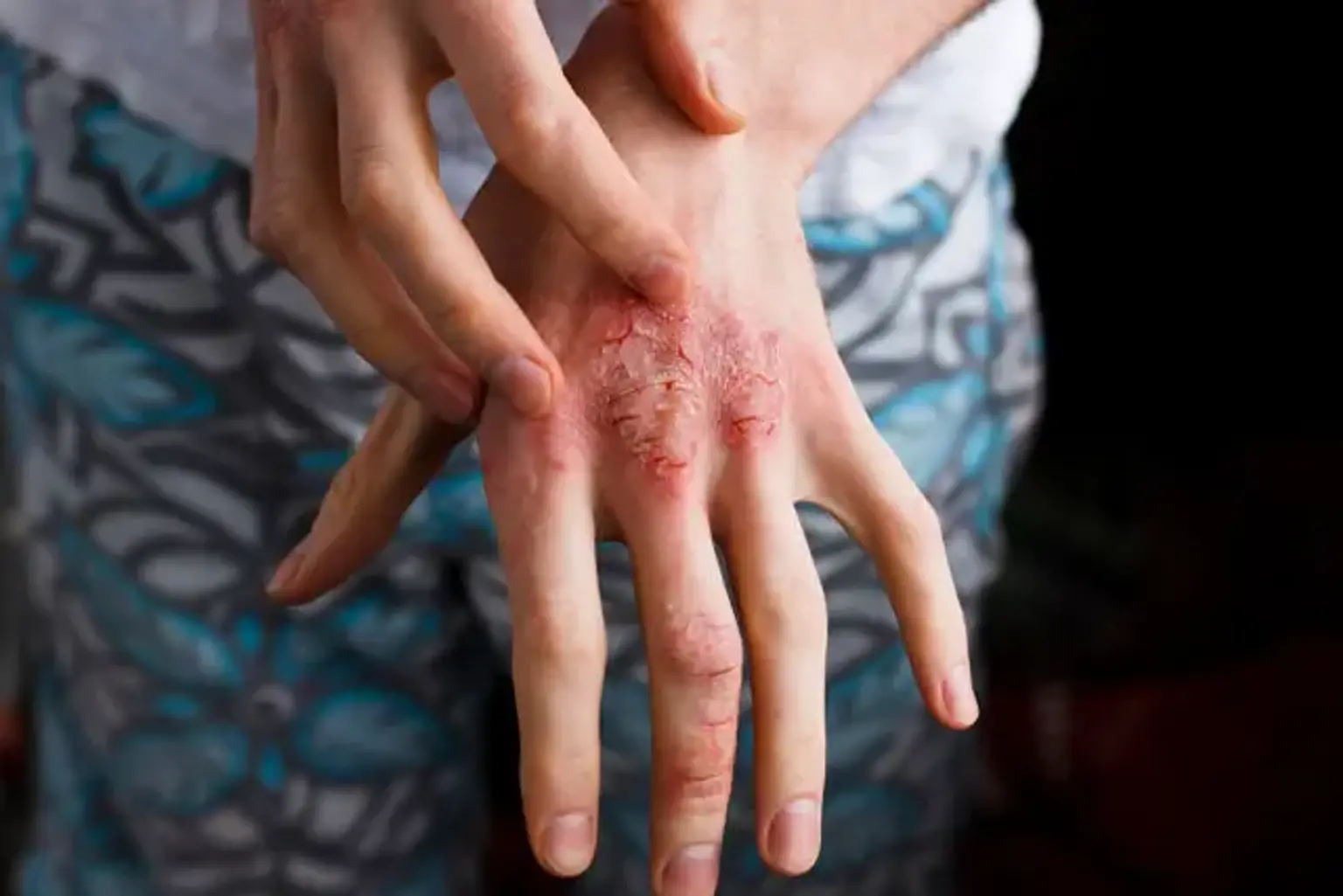Atopic dermatitis is the most common type of eczema (atopic dermatitis eczema). Atopic dermatitis is a chronic condition that causes your skin to become red and itchy for a period of time after which it can go away and reappear at any time in life.
Before we dive into the subject of atopic dermatitis in particular, let’s have a look over what dermatitis is and the multiple ways it can be classified in.
Dermatitis
Dermatitis is a medical term used to describe a group of conditions that affect the skin, making it dry, red and itchy. Dermatitis is usually caused by allergies, infections, different substances or even genetics and its symptoms can go from mild to severe. Further, we’ll discuss some of the (many) types of dermatitis that can affect your skin, other than atopic dermatitis which will be discussed in detail later on.
